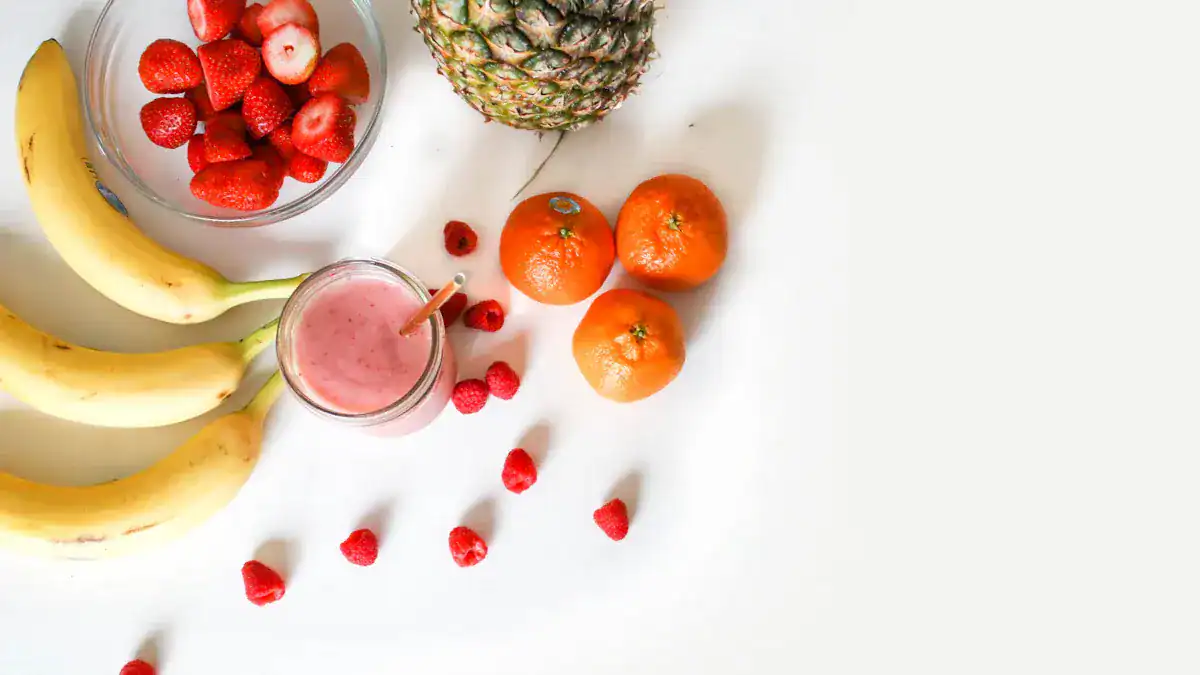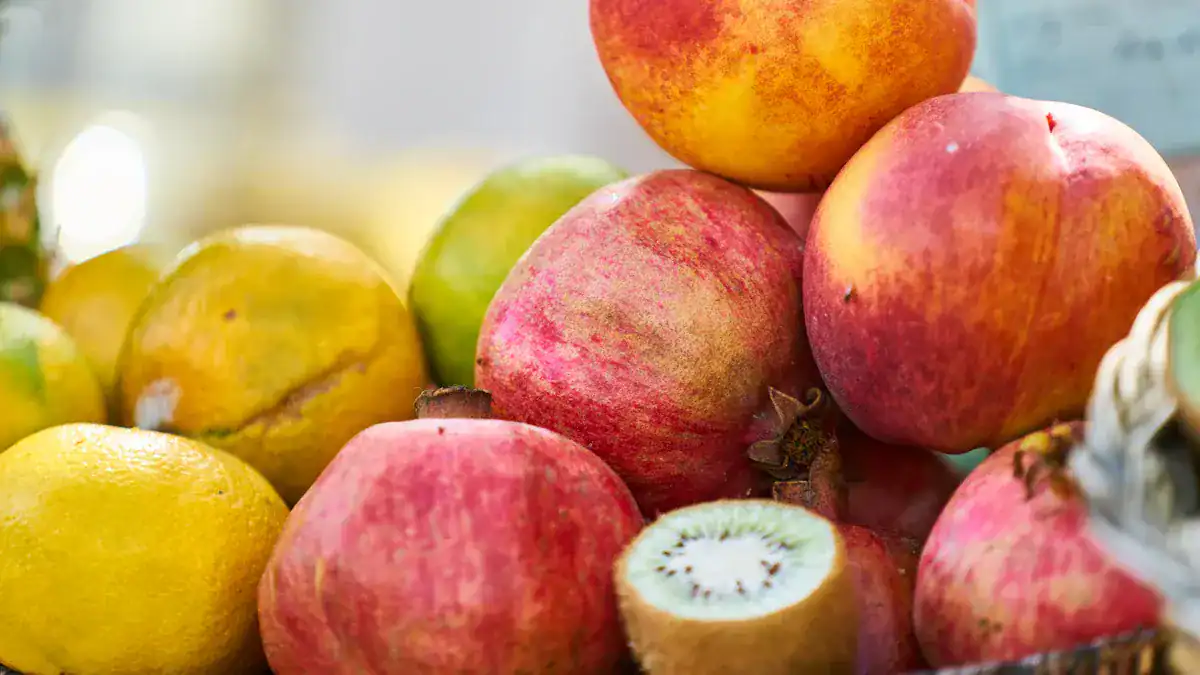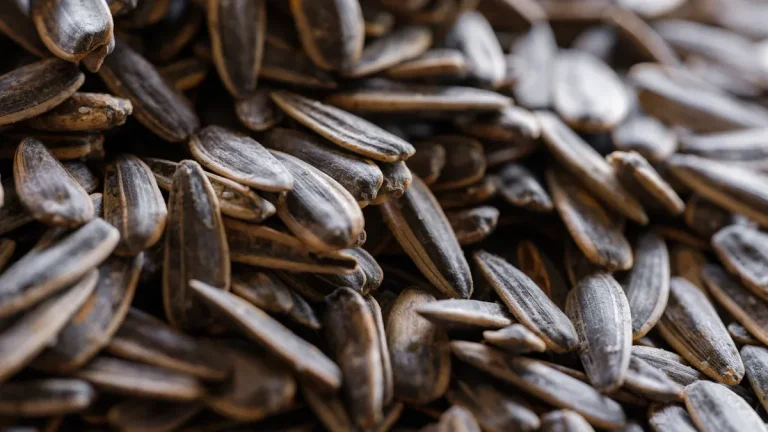
Fruit acidity, measured by pH levels, plays a significant role in your digestive comfort and overall gut health. Understanding these pH levels is crucial for you to optimize your digestion. This is especially true if you have sensitivities or specific dietary goals.
Many people face digestive challenges. A Cedars-Sinai study shows 30.9% of U.S. adults experience GERD symptoms weekly, often linked to food acidity. This guide will help you understand fruit acidity and its impact on your digestive system, including a comprehensive fruit acidity chart for various fruits.
Key Takeaways
Fruit acidity affects your digestion. The pH scale measures acidity. A low pH means more acid. A high pH means less acid.
Highly acidic fruits like lemons can cause discomfort for some people. Moderately acidic fruits include apples. Low acidic fruits like bananas are often easier to digest.
Processing fruits can change their pH levels. Cooked or canned fruits may have different acidity than fresh ones.
Acidic fruits can trigger acid reflux or GERD symptoms. If you have these issues, choose low-acid fruits like bananas and melons.
Acidic fruits offer many health benefits. They contain antioxidants and anti-inflammatory compounds. Listen to your body to find what fruits work best for you.
Understanding pH and Digestion

The pH Scale Explained
The pH scale measures how acidic or alkaline something is. It ranges from 0 to 14. A pH of 7 is neutral. Anything below 7 is acidic, and anything above 7 is alkaline, or basic.
For example, lemon juice is very acidic, with a low pH. Baking soda is alkaline, with a high pH. This scale helps you understand the chemical properties of foods and your body.
Stomach Acid’s Digestive Role
Your stomach uses strong acid to break down food. This acid typically has a pH between 1 and 2. The upper part of your stomach has a pH of 4–6.5. The lower part is highly acidic, with a pH of 1.5–4.0. This acidic environment activates enzymes like pepsin.
Pepsin breaks down proteins into smaller pieces. Without enough stomach acid, you cannot properly digest proteins. You also cannot absorb vital nutrients like vitamin B12 and iron. Insufficient stomach acid can lead to indigestion and poor nutrient absorption. Sometimes, your body’s pH can become too acidic, a condition called body acidosis. This affects many bodily processes.
Fruit pH and Gut Environment
The pH of the fruits you eat can influence your gut environment. Different fruits have different acidity levels. When you consume acidic fruits, they introduce their pH into your digestive system. Your stomach acid is very strong, but the overall balance in your gut can shift. Understanding fruit pH helps you make better choices for your digestive comfort.
The Fruit Acidity Chart: Common Fruit pH

Understanding the pH levels of different fruits helps you make informed choices for your diet. This fruit acidity chart categorizes common fruits by their pH, from highly acidic to low acidic. You can see how various fruits fit into your digestive plan. The pH of fresh fruits can vary based on factors like ripeness and variety.
Highly Acidic Fruits pH
Some fruits naturally contain high levels of acid. These fruits have a low pH. Citrus fruits are well-known for their high acidity. Lemons and limes are prime examples.
For instance, Eureka Lemons have a pH level between 2.2 and 2.5. Persian or Tahitian Limes typically range from 1.8 to 2.0. Other sources show lemon juice between 2.00 and 2.60 on the pH scale, and lime juice between 2.00 and 2.35. One study found lemons at a pH of 3.1 and Key limes at 2.4.
Other highly acidic fruits include oranges, grapefruits, pineapples, grapes, and plums. Their pH values generally range from 2.24 to 3.87. For example, oranges have a pH between 3.0 and 4.0. Pineapples fall between 3.3 and 3.6. Grapes can range from 2.9 to 3.8, and plums from 2.8 to 4.3. These acidic fruits can be invigorating, but you might need to consume them carefully if you have a sensitive stomach.
Moderately Acidic Fruits pH
Moderately acidic fruits have a pH that is not as low as citrus fruits but still below neutral. Apples are a good example. They are moderately acidic, with a pH range of 3.5 to 5.0.
Some sources place apples between 3.3 and 4.0. This puts them between very acidic fruits and less acidic options. Oranges also fit into this category, with a pH value from 3 to 3.5. Citric acid gives oranges their acidity. The specific type of orange can change its pH level. Pears are another moderately acidic fruit. They have a typical pH range of 3.5 to 4.6. Pears are much less acidic than citrus fruits.
Low Acidic and Alkaline-Forming Fruits
You can find many fruits that are low in acid. These fruits have a higher pH, closer to neutral. Bananas are a common example, with an approximate pH of 5.0. The pH of fresh fruits like bananas can be around 4.85. Many melons also fall into this category.
Here is a table showing the approximate pH of various low acid fruits:
Item | Approximate pH |
|---|---|
Ackees | 5.50 |
Avocados | 6.43 |
Banana, yellow | 5.15 |
Bananas | 4.85 |
Bananas, red | 4.67 |
Cantaloupe | 6.36 |
Figs, Calamyrna | 5.52 |
Jackfruit | 5.80 |
Jujube | 5.20 |
Loquat | 5.10 |
Lychee | 4.86 |
Mangoes, ripe | 5.90 |
Mangostine | 4.75 |
Melon, Casaba | 5.89 |
Melons, Honey dew | 6.34 |
Melons, Persian | 6.14 |
Olives, ripe | 6.75 |
Papaya | 5.60 |
Rambutan (Thailand) | 4.90 |
Watermelon | 5.39 |
You can also visualize the pH levels of these fruits:
Even some acidic fruits can become alkaline-forming in your body after digestion. This means they produce alkaline byproducts. Lemons and limes, despite their low pH, are often considered alkaline-forming. Other alkaline-forming fruits include ripe bananas, mangoes, melons (cantaloupe, honeydew, watermelon), apples, pears, berries, grapes, papaya, kiwi, oranges, tangerines, figs, and dates.
How Processing Alters Fruit pH
The pH of fresh fruits can change when you process them. Factors like the fruit variety, growing season, and conditions affect initial pH values. However, cooking or canning fruits can significantly alter these approximate pH levels. For example, a fresh, ripe peach might have a pH of 4.4. But a frozen, store-brand peach can have a pH as low as 3.0.
Consider these changes:
Fruit | Raw pH Range | Cooked/Canned pH Range |
|---|---|---|
Peaches | 3.30 – 4.05 | 3.70 – 4.20 (canned), 3.55 – 3.72 (cooked with sugar) |
Pears, Bartlett | 3.50 – 4.60 | 4.00 – 4.07 (canned), 4.04 – 4.21 (Sickle cooked w/sugar) |
Plums, Frozen | 3.22 – 3.42 | 3.22 – 3.32 (Green Gage, canned) |
Prunes, dried | N/A | 3.63 – 3.92 (stewed) |
You can see that processing can either increase or decrease the pH, depending on the fruit and method. This is important to remember when you prepare fruits for consumption.
How Fruit Acidity Affects Your Digestion
The ph level of the fruits you eat directly impacts your digestive system. This section explores how fruit acidity influences your gut health. You will learn about its effects on common digestive issues and the benefits some acidic fruits offer.
Acid Reflux and GERD Impact
Acidic fruits can sometimes trigger symptoms for people with acid reflux or GERD (Gastroesophageal Reflux Disease). Medical professionals often advise you to limit acidic foods if you have these conditions.
This helps mitigate discomfort. Citrus fruit intake is a dietary factor potentially linked to higher odds of GERD. Studies show daily consumption of citrus fruits increases the risk of GERD. These fruits may reduce lower esophageal sphincter (LES) pressure or delay gastric emptying. This can lead to symptoms.
Specific acidic fruits are commonly associated with GERD flare-ups. These include oranges, grapefruits, lemons, and limes. Juices from these citrus fruits can also cause issues.
You should avoid citrus fruits if you want to prevent heartburn. However, a diet rich in fruits generally does not significantly increase GERD risk. Some studies even suggest a protective effect due to high fiber content. Fruit juices, however, can increase abdominal pressure or decrease LES pressure, leading to GERD symptoms.
Sensitive Stomachs and IBS
Acidic fruits can irritate existing upper gastric disorders. This includes conditions like acid reflux and GERD. The acidity of fruits is a known trigger for discomfort in sensitive stomachs. For individuals with Irritable Bowel Syndrome (IBS), the exact effect of dietary acid load is not fully clear. Dietary acid load might link to metabolic acidosis. This can decrease blood pH. It could also lead to tissue damage and inflammatory responses. These conditions might activate ion channel receptors in IBS patients.
A low FODMAP diet is a known treatment for IBS. It may ease symptoms by reducing luminal acidity.
This happens because FODMAP fermentation produces acidic compounds. These compounds can increase luminal acidity. Animal studies show that acidic infusions in the colon can increase visceral hypersensitivity. More research is needed to confirm how dietary acid load affects IBS.
Benefits of Acidic Fruits
Despite potential digestive discomfort for some, acidic fruits offer many health benefits. Citrus fruits contain various compounds. These include carotenoids, flavonoids, limonoids, and terpenes.
These compounds provide antioxidant, anti-inflammatory, and anti-cancer effects. Their antioxidant actions involve fighting oxidative stress. Bioactive flavonoids are known for their antioxidant and anti-inflammatory properties. They can minimize the risk of chronic diseases. Limonoids and terpenes also have antioxidant and antimicrobial effects.
Specific flavanones, like naringenin and hesperidin, show anti-cancer actions against breast cancer. Polymethoxyflavones (PMF) in citrus fruits protect against metabolic disorders, atherosclerosis, inflammation, and neuroinflammation. Compounds in acidic fruits also improve heart health. They increase ‘good’ HDL cholesterol and lower ‘bad’ LDL cholesterol and triglycerides. Flavonoids protect against neurodegenerative diseases like Alzheimer’s and Parkinson’s. They do this through their anti-inflammatory properties.
Alkaline-Forming Food Concept
The concept of ‘alkaline-forming food’ comes from the ‘dietary ash hypothesis’. This idea suggests that foods leave an ‘acid ash’ or ‘alkaline ash’ in your body after metabolism.
Early 20th-century scientists refined this hypothesis. They observed that changing a rabbit’s diet altered its urine pH. Foods are classified based on the ‘ash’ they produce. Meat, poultry, cheese, fish, eggs, and grains produce ‘acid ash’. Fruits and vegetables generally produce ‘alkaline ash’. This classification is based on the residue after combustion, not the food’s initial acidity. For example, acidic foods like citrus fruits are considered alkaline-producing in this diet.
Advocates of the alkaline diet believe consuming alkaline-producing foods helps maintain your body’s slightly alkaline blood pH.
They say this prevents disease and promotes health. However, your body has strong natural buffering systems. These systems keep your blood pH stable. Diet has a minimal and temporary effect on overall body pH. It is virtually impossible to create a less acidic environment in your body through diet alone.
Informed Dietary Choices for Comfort
Making smart food choices helps you manage your digestive health. Understanding fruit acidity allows you to eat for comfort. You can enjoy the benefits of various fruits without discomfort.
Strategies for Acidic Fruit Consumption
If you find highly acidic fruits cause discomfort, you can use several strategies. Try eating them in smaller portions. You can also pair them with less acidic foods. For example, combine citrus with a meal that includes protein or healthy fats. This can help buffer the acid.
Some people find cooking acidic fruits reduces their impact. Always observe how your body reacts to different preparation methods.
Fruit Recommendations for Conditions
Certain fruits can help manage specific digestive conditions. If you experience acid reflux, choose non-citrus options. Johns Hopkins Medicine suggests alkaline fruits like bananas and melons (honeydew, cantaloupe, watermelon) can balance stomach acid. Apples and pears are also safe choices for GERD sufferers. For IBS management, you can include bananas (not fully ripe), berries, cantaloupe, citrus fruits, grapes, and kiwi. Water-rich fruits like melons and oranges aid in digestion and nutrient absorption, which can prevent IBS symptoms.
Variety and Listening to Your Body
Your body gives you clues about what works best. Pay attention to signs like gas, bloating, diarrhea, or stomach pain after eating certain fruits. These symptoms can indicate fructose malabsorption, high fiber intake, or food intolerance.
Heartburn, regurgitation, or trouble swallowing might signal acid reflux. Experiment with different types of fruits and observe your unique reactions. A varied diet ensures you get a wide range of nutrients.
You now understand that fruit acidity is a powerful tool for managing your digestive health. Knowing the pH levels from this fruit acidity chart helps you make conscious choices. You can avoid discomfort and enhance nutrient absorption.
Use this information to safely experiment with your fruit intake. Observe how different fruits affect your unique digestive system.
Achieve better digestive well-being through informed dietary practices.




